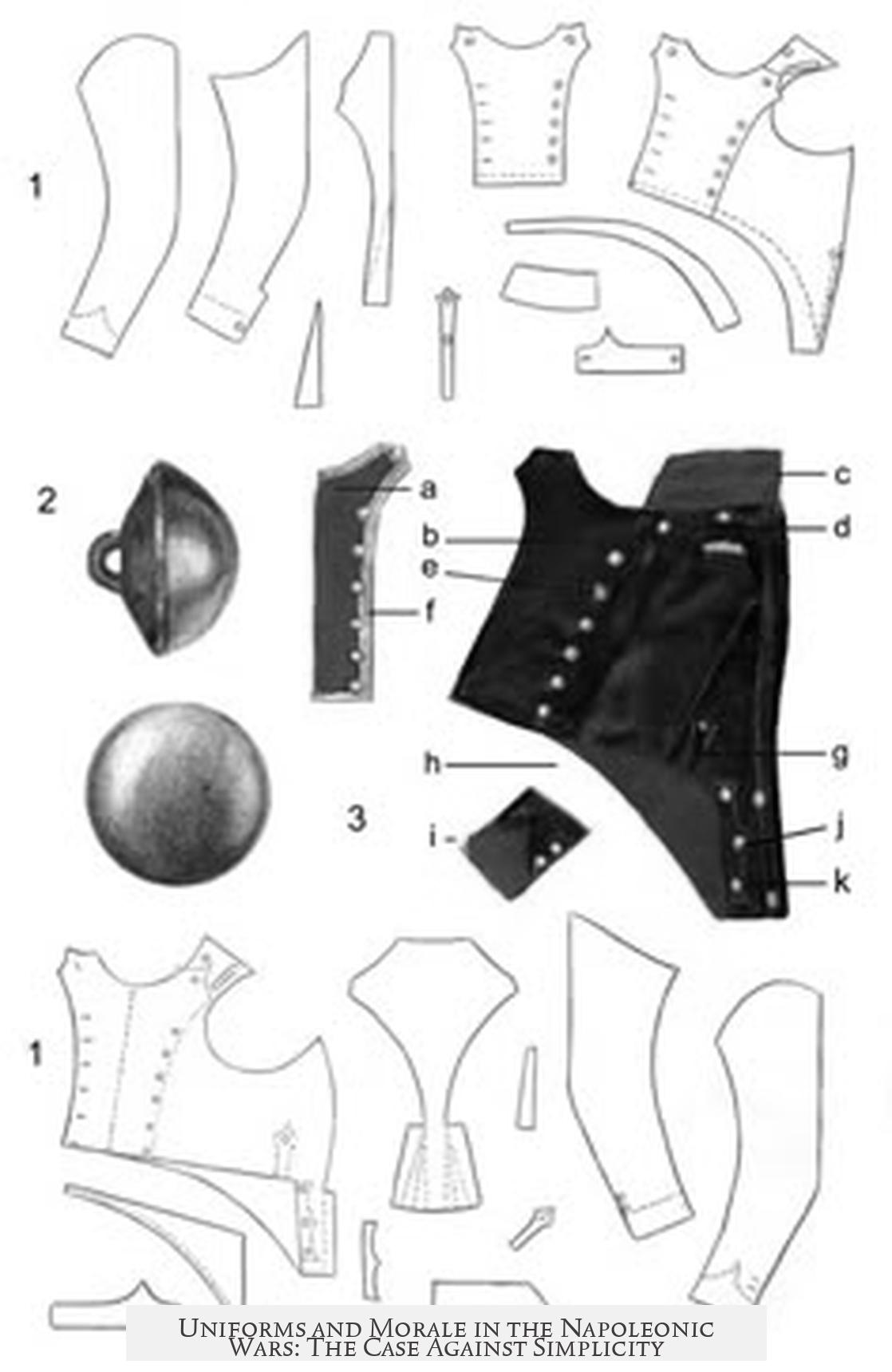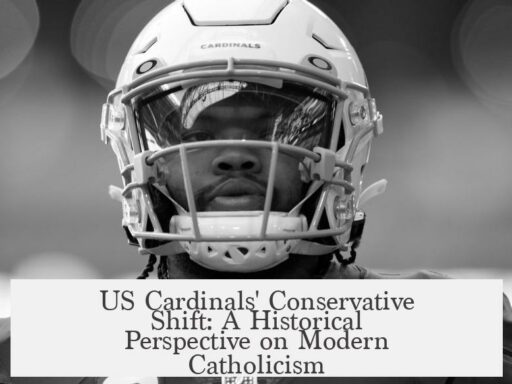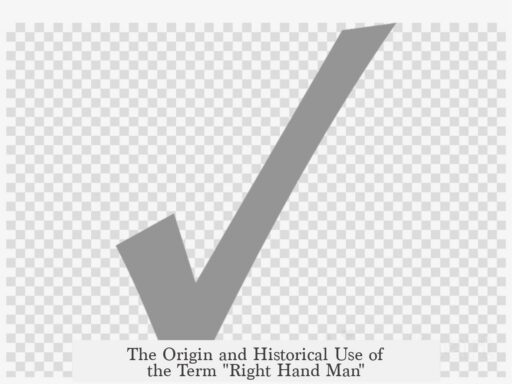The Napoleonic Wars saw armies maintain elaborate uniforms with many buttons to boost soldier morale and intimidate enemies rather than opting for simpler designs. The ornate style served key psychological and practical roles that outweighed the inconvenience of intricate uniforms.
Morale proves critical in Napoleonic warfare. Battles rarely ended due to sheer casualties but rather when soldiers lost the will to fight. Uniforms influenced this will by inspiring confidence and fostering a sense of superiority. Soldiers wearing striking, buttoned uniforms felt part of an elite group. This elevated morale helped units hold together during combat and resist breaking under pressure.
Enemy forces, by contrast, could feel demoralized if faced with opponents whose uniforms appeared grand and impressive. Seeing a visibly superior foe could induce feelings of inferiority and hasten defeat. As a psychological weapon, the complexity and display embedded in uniform design proved effective beyond their physical function.
Uniform variation among regiments also strengthened unit cohesion. Small exclusive details, such as differing button arrangements or colors, promoted identity within regiments, especially noticeable among cavalry units. This sense of belonging enhanced performance and camaraderie essential in battle.
Although the ornate style dominated most Napoleonic armies, some exceptions existed. Sweden, for example, began simplifying certain elements by removing lapels in 1806. However, older, more elaborate uniforms persisted alongside these changes for years in practice. This shows reform to simpler uniforms was gradual and limited in scope.
| Aspect | Reason Elaborate Uniforms Persisted |
|---|---|
| Morale Impact | Boosted soldiers’ confidence and disheartened enemies |
| Psychological Warfare | Visible superiority influenced battle outcomes |
| Unit Identity | Enhanced group cohesion via distinct regimental details |
| Reform Attempts | Limited and gradual, e.g., Sweden’s lapel removal |
The uniform style prioritized psychological advantage over practicality. This reflects the Napoleonic belief in the primacy of morale. Hence, simpler uniforms with fewer buttons were rarely proposed or adopted because they risked undermining the intangible but decisive power of soldier spirit and group identity.
- Morale and psychological impact dictated uniform complexity.
- Visual impressiveness reinforced unit confidence and cohesion.
- Enemy morale dropped when facing ornate, superior attire.
- Some reform efforts existed but were limited and slow.
- Uniform design played a vital role in Napoleonic battle outcomes.
Why Didn’t Anyone in the Napoleonic Wars Suggest Simpler Uniforms with Less Buttons?
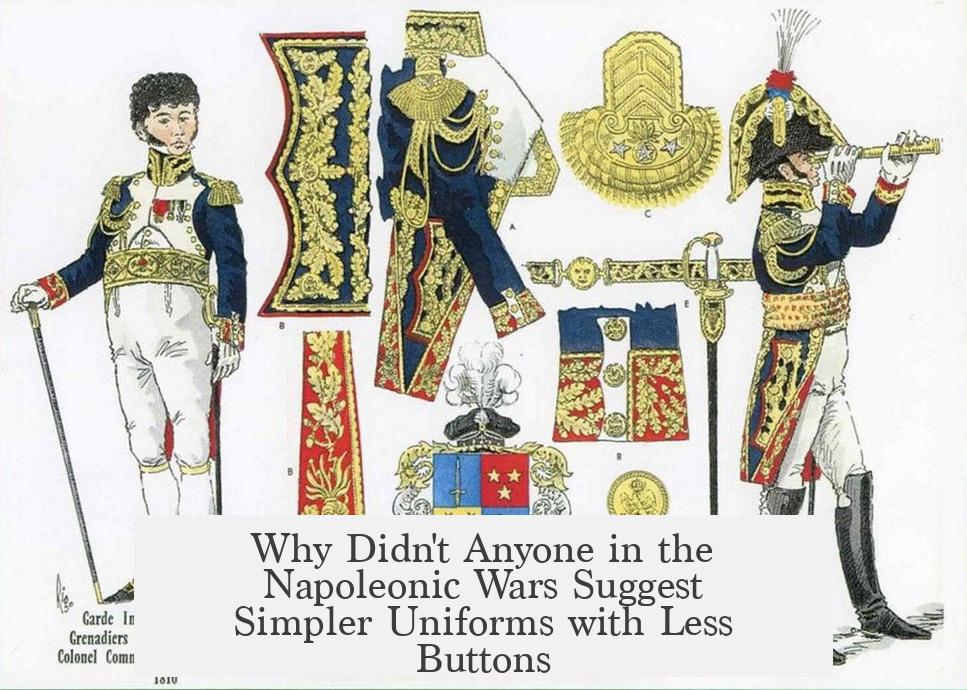
The simple answer is: because those ornate, button-bedecked uniforms were a powerhouse tool for morale and psychological warfare. Sounds a bit surprising in an era famed for brutal battlefield conditions, doesn’t it? We tend to picture soldiers slogging through mud and blood, dreaming of practical gear over flashy frocks. Yet, the Napoleonic armies embraced extravagant uniforms with zeal—buttons, bright colors, facings, and all. Why? Because morale was literally EVERYTHING in those conflicts.
Let’s dive headfirst into the murky trenches of Napoleonic military fashion and unravel why no one seriously pitched a “less buttons, more function” look during those decades of warfare.
The Morale Machine: Why Uniforms Were More Than Clothes
Imagine gearing up before a battle knowing your coat is decked with rows of shining buttons and proud regimental colors. It’s not vanity; it’s morale engineering. Uniforms weren’t mere dress codes but psychological suits of armor.
- Boosting Individual Confidence: Soldiers wearing impressive uniforms felt powerful and ready for combat. This elevated self-confidence was crucial because survivors often credited morale as the deciding factor in life-or-death battles—not just muskets and cannonballs.
- Intimidating the Enemy: Your opponent’s uniform could terrify or demoralize them before a shot was fired. Seeing rows of polished buttons and tailored coats implied discipline and elite status. “If they look better than me,” a soldier might think, “maybe they’re better too.”
- Unit Identity and Brotherhood: Variations in uniform styles, especially among cavalry regiments, created bonds and pride. Exclusive symbols like distinct buttons or facings built esprit de corps. Soldiers were more likely to stick together if they belonged to an identifiable, prestigious unit.
It’s basic human psychology in uniform form. Feeling superior to your opponent before the battle even starts boosts your chances of winning. Feeling inferior? That’s a quick ticket to retreat or surrender.
Morale Outweighs Muscle: Why Spirit Wins Wars
Napoleonic battles often didn’t end because one side ran out of bullets but because soldiers’ morale shattered. Units broke apart, soldiers surrendered or fled. This is a critical nuance to understand—morale dictated victory.
“In war the moral is to the physical as three to one.”
This famous ratio sums it up. Physical strength and weapons mattered, sure, but morale ruled the roost. A unit that felt confident and united could overcome numerically stronger foes with inferior spirit.
The ornate uniforms contributed heavily here. They weren’t frivolous; they were tactical tools to keep spirits high and intimidate enemies.
Why No One Suggested Simpler Uniforms Despite the Button Overload
Wouldn’t simpler uniforms with fewer buttons save time, money, and effort? Somewhat logical, right? Especially given the hardships soldiers endured—mud, rain, blood, and endless marching.
Surprisingly, very few commanders or armies pushed for minimalist designs. The practical challenges were real. Buttons could snag, uniforms were heavy, maintenance was tough. Yet the morale costs of simplifying overshadowed these nuisances in their eyes.
Moreover, the psychology of warfare demanded visual impact, not just comfort. Simplified uniforms risked eroding the sharp image of discipline and power, potentially harming morale and unit cohesion.
Exceptions that Prove the Rule: Sweden’s Simplified Uniform
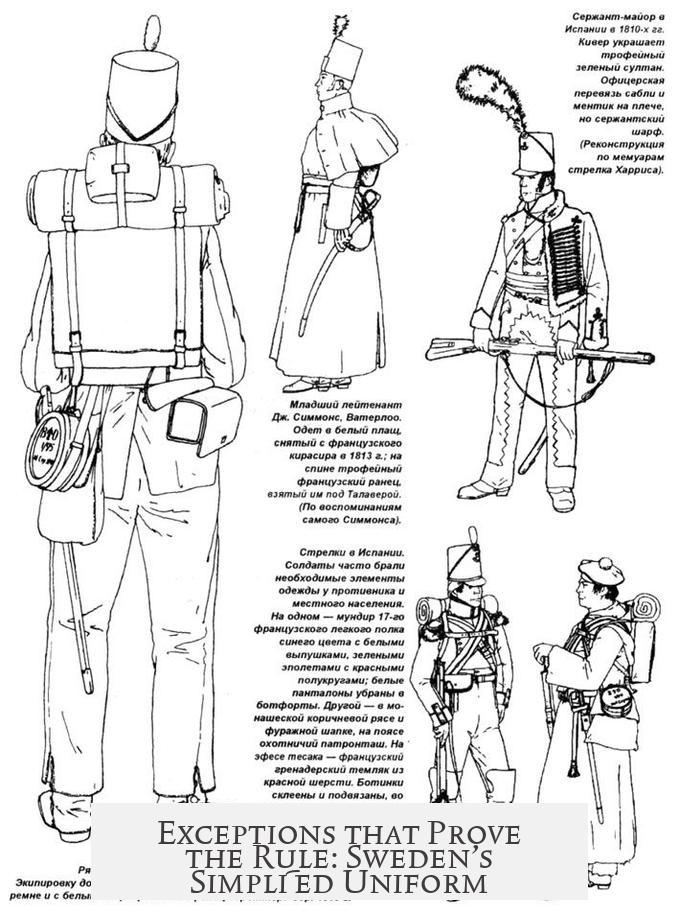
Sweden stands out as an intriguing case study. In 1806, they removed lapels from uniforms, simplifying the outfit slightly. But did that revolutionize their army? Nope.
Officers and even rank-and-file soldiers often kept wearing the older, more elaborate 1802 uniforms years later. Muster logs and soldiers’ drawings confirm this. Swedes themselves seemed to cling to tradition and prestige despite official simplifications.
This illustrates that even when ideas for simpler uniforms surfaced, practicing soldiers and commanders often resisted. The comfort and economy gains just didn’t justify the loss in morale and identity.
The Takeaway: Uniforms Were Psychological Weapons
In the Napoleonic era, buttons and bright colors weren’t just decorations—they were frontline tools in a battle for men’s minds. Commanders and soldiers believed that a good-looking uniform sparked confidence, fostered unity, and intimidated foes.
So, the question isn’t just “Why didn’t anyone suggest simpler uniforms?” but rather:
- Is comfort worth the risk of lowering morale?
- Can we underestimate the power of visual symbols in fighting spirit?
- Should tactical uniforms be measured by neatness or by the message they send?
Napoleon didn’t just win by cannons; he won because his soldiers believed they were the best. Their uniforms shouted it before the battle began. Simplifying uniforms might have saved buttons and stitching time, but at what cost to the spirit that turned raw recruits into crushing armies?
Next time you see a photo of a Napoleonic soldier, look past the buttons. See the silent battle being fought in their minds—one won long before the shots rang out.

